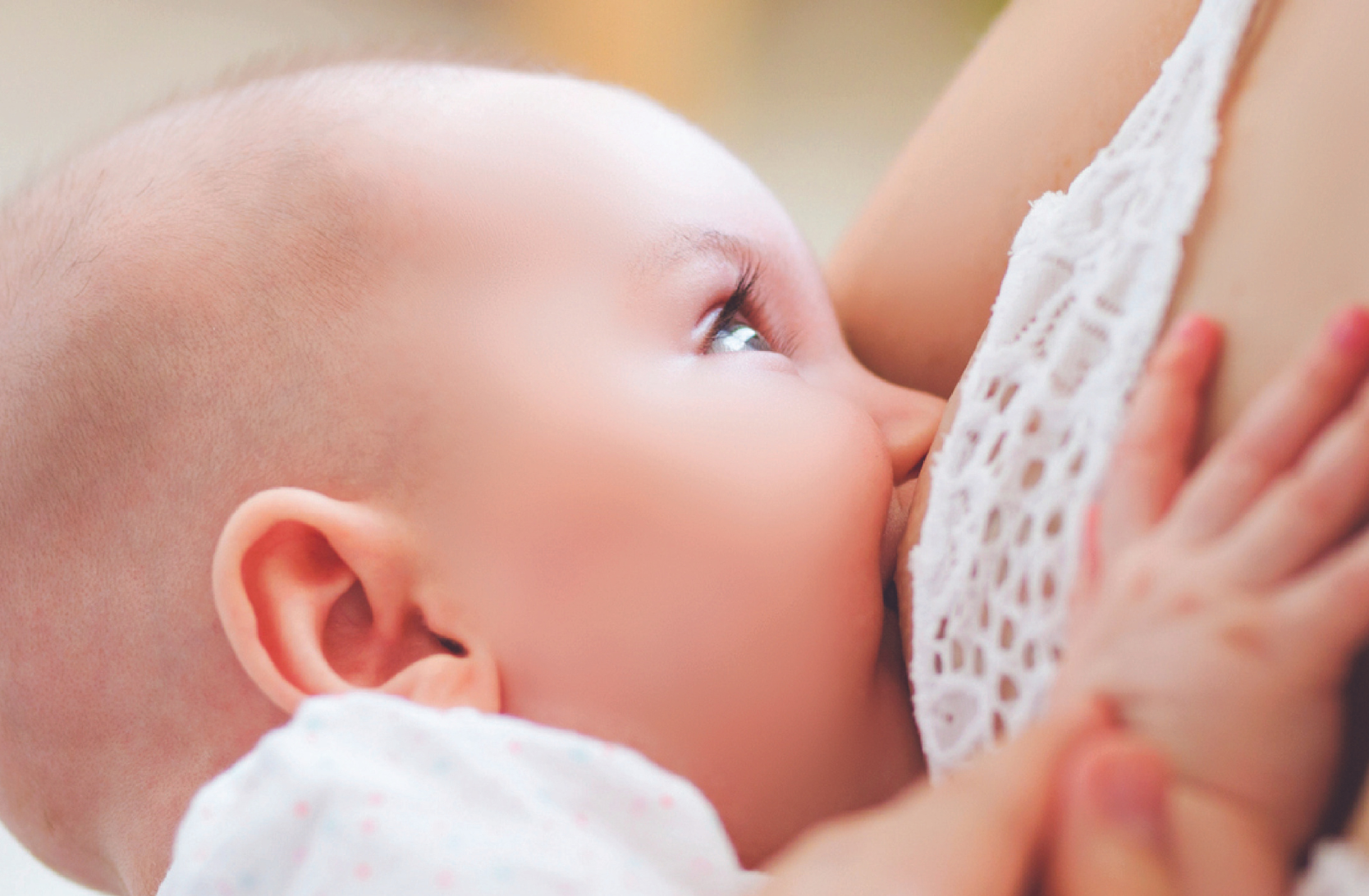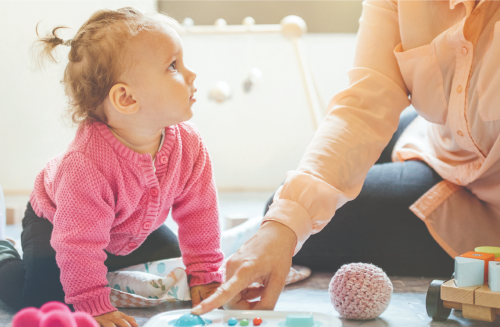Babies 0-12 months
The early weeks of parenthood can bring a variety of emotions and questions. We want to help make sure you have the information you need to care for your baby. Please connect with us if you have questions or concerns.
Caring for your baby
Newborns are small and it can take some practice to get used to how to hold and care for them.
| How to feed a baby |
|
Learn more about breastfeeding and healthy eating at all ages. Also refer to our Feeding Your Baby guide to introducing solid foods. Infant Formula: What You Need to Know provides information if you have made an informed decision to feed your baby infant formula. |
| How often to change a baby's diaper |
| Change your baby whenever their diaper is wet or soiled. Be sure to have all supplies within reach and never leave your baby unattended on a change surface, even for a moment. If your baby develops a diaper rash that doesn’t clear up in a few days, see your health care provider.
Learn more about diaper rash from the Canadian Paediatric Society. |
| How to care for umbilical cords |
|
Your baby’s umbilical cord will fall off on its own in about 1-3 weeks after birth. It will begin to harden and turn dark in colour. Keep the umbilical area dry and clean until it does fall off. Notify your health care provider if your baby has a fever or if the umbilical area:
|
| How to bathe and groom a baby |
|
Babies do not need a bath every day, but you should wipe their hands, face, neck, and diaper area every day. Bathing too often can dry their skin out. Give your baby a bath every few days. Find an area that is safe and easy to bathe your baby, such as in a baby bathtub or in a sink. Test bath water temperature with your wrist or elbow to make sure it is warm not hot. Never leave baby unattended in the bath, even for a moment. Keep all supplies within reach. If you need to walk away for any reason, take the baby with you. Trim your baby’s nails once they grow beyond the skin. Try cutting them with blunt scissors when your baby is sleeping or after feeding. Clean your baby’s gums twice a day. Use a soft, clean, damp cloth or an infant finger toothbrush to gently wipe their gums from back to front to remove any leftover milk. |
| How to dress a baby |
|
Dress your baby according to the temperature. In general, babies need one more layer of clothing than what you are wearing. Babies lose a lot of heat through their heads, so depending on the season, a hat may be necessary. Do not overheat your baby. They should not be dressed so their skin is hot to the touch and/or is sweating. Pack some extra layers in your diaper bag so you can add another layer if you walk into a cold area. Choose clothes that are easy to take off and on, especially for diaper changes. |
| How to know if a baby is sick |
Babies can become sick quickly. If you are concerned about your baby, take them to see a health care provider. See a health care provider right away if your baby:
If your baby seems sick, check their temperature. |
| How to check a baby's temperature |
|
The best way to check your baby’s temperature is by gently placing a clean thermometer in the opening of their bum, however many parents are more comfortable checking baby’s temperature underneath the armpit. A baby has a fever if their temperature is higher than 38 degrees Celsius (100.4º F) by bum or higher than 37.5º C (99.5º F) by armpit. Learn more about fever and temperature taking from the Canadian Paediatric Society. |
Creating a bond with your baby (attachment)
Developing a bond, or attachment, with your baby is extremely important for their healthy development. You are their most important connection to the world. Create a bond with your baby by responding consistently to their needs. Here are some ways you can respond to your baby:
- Nurture, comfort and respond to your baby through touch and sound
- Hold your baby skin-to-skin (placing your baby, wearing only a diaper, chest-to-chest against your body and then covering you both with a light blanket)
- Plan daily time to cuddle and tummy time to play
- Spend a lot of time with your baby and pay attention to them
- Talk soothingly, sing and look into their eyes
- Listen to your baby and watch for cues to understand their behaviour
Safe sleeping for babies
| Where a baby should sleep |
The safest place for babies to sleep is in their own crib, on their back, and in the parent’s room for the first six months. Give your baby a safe place to sleep by:
Learn more about safe sleep for your baby from the Public Health Agency of Canada. |
| How long a baby should sleep |
|
From birth to about two months, babies spend about 18 hours a day sleeping, waking to feed every few hours. Throughout the first year of life, babies will sleep about 14 hours a day. They will wake up during the night to feed for many months. |
| How to prevent flat head |
Your baby spends a lot of time on his back between sleeping and playing. To prevent your baby’s head from forming a flat spot, you can:
|
Respond to your baby’s crying
Never shake a baby in a moment of stress or anger. It can cause lifelong brain damage, blindness, paralysis or death. The most important thing to know is that it’s not your fault. Sometimes a baby cannot be soothed, but it will get better.
When a baby is crying, they are trying to tell you something. It is their way of communicating with you. Responding right away, every time, helps a baby to develop trust and attachment. A baby may cry because they are:
- Hungry or thirsty
- Tired
- Too cold or too hot
- In pain or discomfort
- Needing to suck
- Needing to be held, cuddled, rocked
- Over stimulated
- Needing a change in activity
- Not feeling well
To make your baby feel better, you can:
- Place your baby skin-to-skin
- Hold your baby, or give someone else a turn to hold your baby
- Walk with your baby in a sling or in a stroller
- Rock or sway with your baby in a rhythmic, gentle motion
- Gently pat or stroke the back or chest
- Go for a ride in the car
- Turn on some white noise (such as a washing machine or vacuum cleaner)
- Give your baby a warm bath
- Have your baby listen to and watch running water
- Give your baby something new to look at or hold
- Take your baby outside or for a walk in fresh air
- Reduce stimulation – turn down the lights, go to a quieter area, etc.
There may be times when nothing works, but it does not mean you’re a bad parent. Learn more about colic and crying from the Canadian Paediatric Society.
Need more support?
 Call our Know & Grow Line
Call our Know & Grow Line
Speak to a Public Health Nurse to get the answers to all the questions you never knew you had.
- In Oxford County, call the Know & Grow Line at 519-421-9901 x 3473
- In Elgin County, call the Know & Grow Line at 519-631-9900 x 1400














